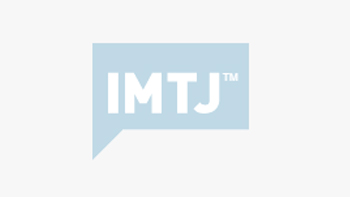Dr Mussaad Al-Razouki of Kuwait based Kleos Healthcare Corporation has been reported as working with an unnamed government in the Middle East that spends up to $250,000 per patient for the 30,000 plus patients it sends abroad annually for treatment, “Even though the treatment of most of the patient cases does not exist in that particular country, it is certainly not sustainable for the foreign and health ministries of most Middle Eastern governments to handle their overseas healthcare on a fee for service basis.”
Dr Mussaad Al-Razouki of Kuwait based Kleos Healthcare Corporation has been reported as working with an unnamed government in the Middle East that spends up to $250,000 per patient for the 30,000 plus patients it sends abroad annually for treatment, “Even though the treatment of most of the patient cases does not exist in that particular country, it is certainly not sustainable for the foreign and health ministries of most Middle Eastern governments to handle their overseas healthcare on a fee for service basis.”
Every year 5,000 people travel from Oman for medical treatment, mostly to India and the UK, while the official figures for Qatar are around 500 a year. The Libyan and Syrian outbound markets have all but dried up due to political instability. Numbers are unknown for Saudi Arabia and Kuwait .The UAE has admitted in the past to sending 8,500 medical tourists spending $2 billion a year, mainly in the United States, Germany, Thailand and Singapore. The most likely candidates for Kleos are UAE, Saudi Arabia or Iran.
Medical tourism in Jordan is now expected to witness at least a 25 % drop in patients and revenue by the end of 2011, says Awni Bashir of the Private Hospitals Association, “ The sector is being affected by the current situation in some Arab countries that are considered major markets for the Kingdom’s medical tourism. We are receiving very few patients from both Libya and Yemen, which are major markets for the sector.”
It is estimated that annually, some 242,000 patients from across the world receive treatment in Jordan’s private hospitals, with revenues of $1 billion. In an attempt to increase non Middle East trade, the health ministry’s medical tourism committee is considering appointing medical attachés in the country’s embassies; but as yet no country has succeeded in using embassies to boost medical tourism as although embassies are used to promoting business contacts, they are not designed for individuals; almost all medical tourism is self-funded by individuals. So far, the committee has only decided to put information about the sector on the website of the Jordan Tourism Board. It will set up a liaison office at Amman’s Queen Alia International Airport to receive patients coming to the kingdom for treatment and provide them with the information they need about hospitals and health services in general. This office will create a database of foreign patients and evaluate their levels of satisfaction with medical services in Jordan.
Image Concept, the Dubai company that launched and first promoted cosmetic tourism to Lebanon in 2009 with official help from the Lebanese Ministry of Tourism, has launched an online consultation and booking. Zeina El Haj of Image Concept says, “Our new website will help book the best medical, cosmetic and tourism services that Lebanon offers. Once patients fill the medical inquiry form and send it to us with their medical request and pictures we contact the most appropriate specialist and suggest the recommended therapy for them. We will send them free of charge a full medical consultation and will book the hospital and doctor appointments and assist them with their travel and accommodation. We will organize their pick up from the airport and transport to their hospital or hotel and also organize their return transport to the airport. No payment is required in advance. Patients will pay the hospital or any service provider direct.”








 ©2024 All rights reserved LaingBuisson
©2024 All rights reserved LaingBuisson 


